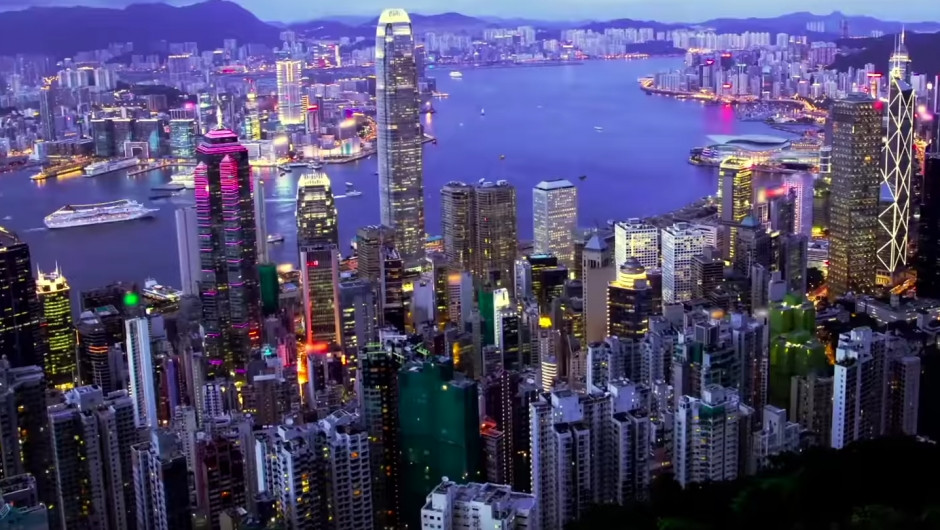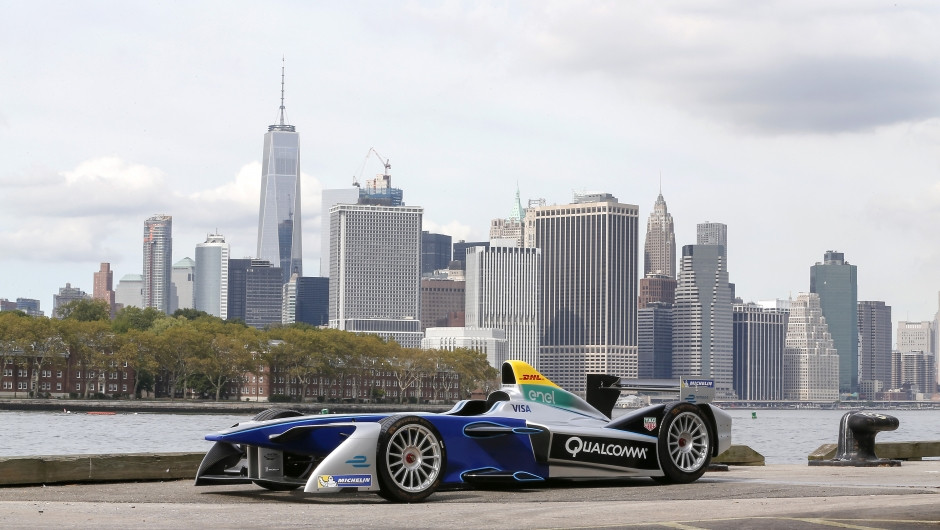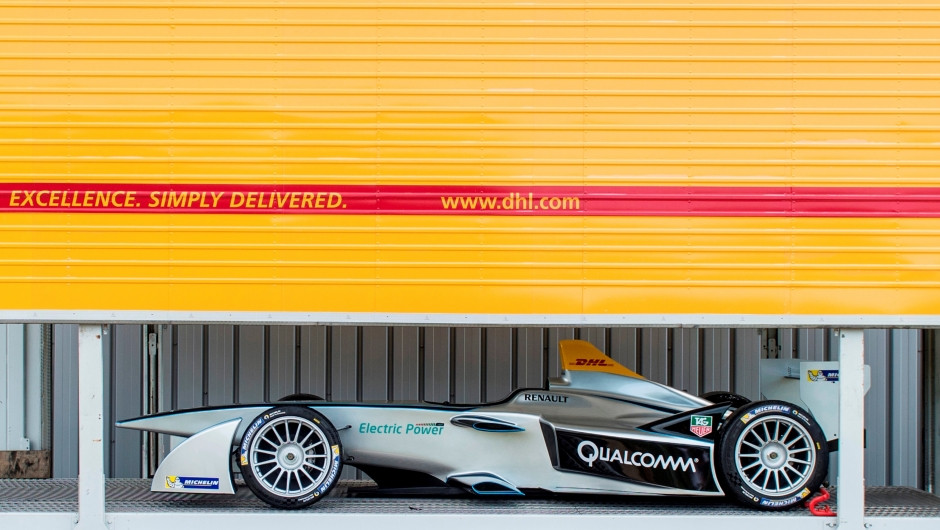Formula E
Hong Kong: Sustainability on many levels
Traffic is of particular importance due to the city's special demographic and geographic situation. An ambitious transport policy, Hong Kong Moving Ahead, was initiated to ensure that Hong Kong is ready to meet the challenges of the future.
The key elements of the policy are better integration of transport and land use planning, better use of railways as the back-bone of our passenger transport system, better public transport services and facilities, better use of advanced technologies in transport management and better environmental protection.
Public transport is used by more than eleven million people daily
One of the main focuses is on public transport which is used by more than eleven million people daily. Public transport provision has been gradually expanded in recent years to reduce car usage and provide an attractive network of subways, trams and buses. In addition, there are important ferry links that bind the city's many islands together.
Greening Hong Kong
The 'Greening Hong Kong' project was launched to increase the quality of life by further developing the city's green areas step by step. The Greening, Landscape and Tree Management (GLTM) Section was established under the Works Branch of Development Bureau in March 2010 to champion a new and strategic policy on greening, landscaping and tree management, with a view to achieving the sustainable development of a greener environment for Hong Kong.
Greening can bring about many benefits. Through the process of photosynthesis, plants absorb carbon dioxide and release oxygen, thus refreshing the air for our breathing. They also absorb gaseous contaminants such as sulphur dioxide and nitrogen oxide in the atmosphere. Greening can beautify our environment, especially in a densely populated city like Hong Kong where trees and shrubs provide freshness, beauty, comfort and elegance for our enjoyment. It can improve the urban living conditions and enhance the quality of our lives.
Living green
The 'Green Buildings' project is another initiative whose purpose is to herald in a sustainable future for Hong Kong. The so-called green buildings are designed, built, renovated, operated, and reused in an ecological and resource-efficient manner to meet certain objectives such as protecting occupant health; improving employee productivity; using energy, water, and other resources more efficiently; and reducing the overall impact to the environment.
Since 1998, Electrical and Mechanical Services Department has implemented a voluntary Hong Kong Energy Efficiency Registration Scheme for Buildings to promote energy efficiency in buildings. In 2005, the Government issued a technical circular setting out the guidelines for all capital works projects and minor works projects on the adoption of energy efficient features and renewable energy technologies in Government Projects and Installations. The Government is working on legislation to make the implementation of building energy codes mandatory.






Content from disqus has been blocked because you did not allow to load it.
Loading the blocked content will adjust your privacy setting and content from this service will not be blocked in the future.
You have the right to revoke or change your decision at any time.
Posting Guidelines
All communications on Logistics of Things should be appropriate for a professional community, respecting the diverse views of individuals from different backgrounds. We will review all comments and reserve the right to terminate or restrict access to user's account and to delete any content posted through it, without notice and at our discretion, if we deem it to be overly promotional, offensive, or off topic.
All posting become property of DHL.